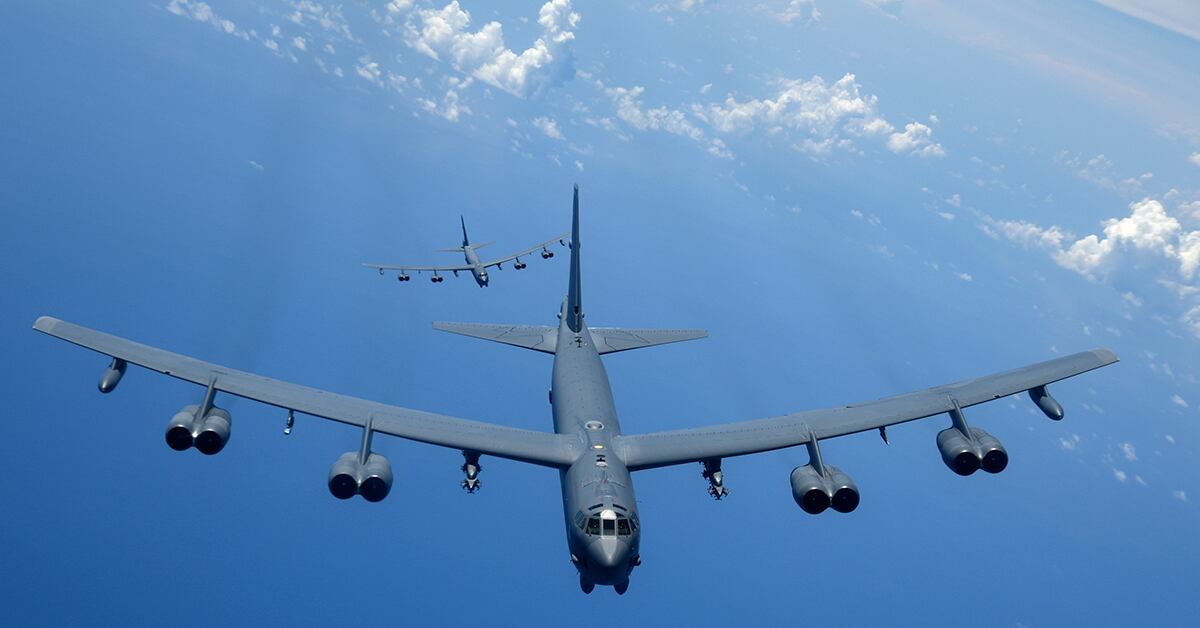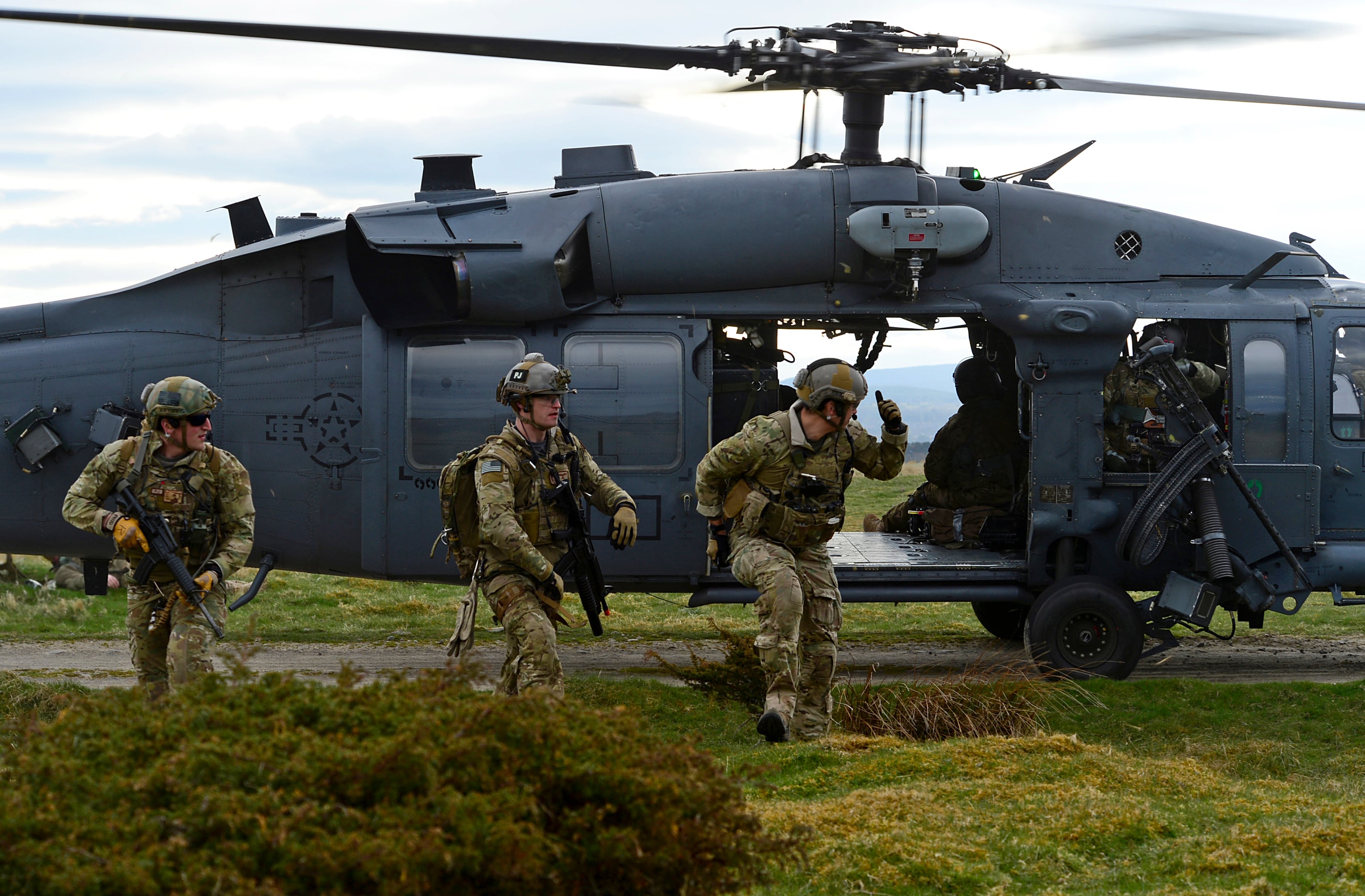The Air Force, like the other services, suffered a string of fatal aviation mishaps in 2018.
A Military Times in-depth review of 5,500 aviation accidents that have occurred since 2013 found that accidents among the nation’s manned fighters, bombers, tankers, tilt-rotor and helicopter aircraft has increased 39 percent.
In the Air Force, the most serious Class A mishaps have declined, but the number of non-fatal Class C mishaps is increasing, causing some experts to warn that future problems could be on the horizon if the issue is not dealt with.
To address concerns among the aviation community, Congress created an eight-person independent commission to review the mishap spike in the 2019 defense bill.
For its part, the Air Force conducted a wave of one-day safety stand-downs of flying and maintenance wings over the summer.
Air Force Chief of Staff Gen. Dave Goldfein ordered the stand-down in May, after several high-profile mishaps, including the May 2 crash of a WC-130 Hercules and the March 15 loss of an HH-60G Pave Hawk in western Iraq, both of which killed all on board.
RELATED

In a September news release, the Air Force said their review of the data identified six potential risks to aviation safety: stress caused by high operations tempos; a lack of time to properly focus on flying basics, mission activities and training; pressure to accept risk; a culture that pushes airmen to always execute the mission; decreased availability of aircraft; and the potential for airmen to become complacent when carrying out routine tasks.
“The review proved tremendously helpful as we continue to seek both high levels of safety with intense and realistic training," Goldfein said in the release.
The full report summary, provided at Air Force Times' request, also raised concerns about the increasing requirements on maintainers, and low experience among some maintenance personnel.

The service has distributed those findings to the field, according to the release. The findings will help flying and maintenance leaders guide their decisions.
“We’re taking necessary steps to ensure our airmen operate as safely as possible in an inherently dangerous business,” Goldfein said. “I want to train hard and I want commanders to push themselves and their airmen to achieve high levels of readiness. Sometimes the right answer is knock it off ... sometimes it is push it up. Confidence in the air, safety on the ground and in the air, it’s a commander’s business.”
The summary also cites the aging fleet of Air Force aircraft as a problem contributing to increased maintenance requirements and decreased aircraft availability.
The Air Force has already started putting plans into place to address airmen’s concerns, including adding more support back to squadrons, reducing additional duties, “enhancing information processes for aircrew mission planning” and cutting staff requirements, according to the release.
Kyle Rempfer was an editor and reporter who has covered combat operations, criminal cases, foreign military assistance and training accidents. Before entering journalism, Kyle served in U.S. Air Force Special Tactics and deployed in 2014 to Paktika Province, Afghanistan, and Baghdad, Iraq.




